Where is Lebanon?
About Lebanon
The Land
The People
Life and Death
Health, Energy and the Environment
Education and Work
Travel, Communication and the Media






Back to the Flags of Asia page




Lebanon is a small country in the south west of Asia.
Lebanon has a border on the Mediterranean Sea.
The land has a narrow coastal plain with mountains inland separated by a valley.
The geographical coordinates for the centre of Lebanon, also known as lines of latitude and longtitude, are:-
Latitude - 33 50N
Longitude - 35 50E
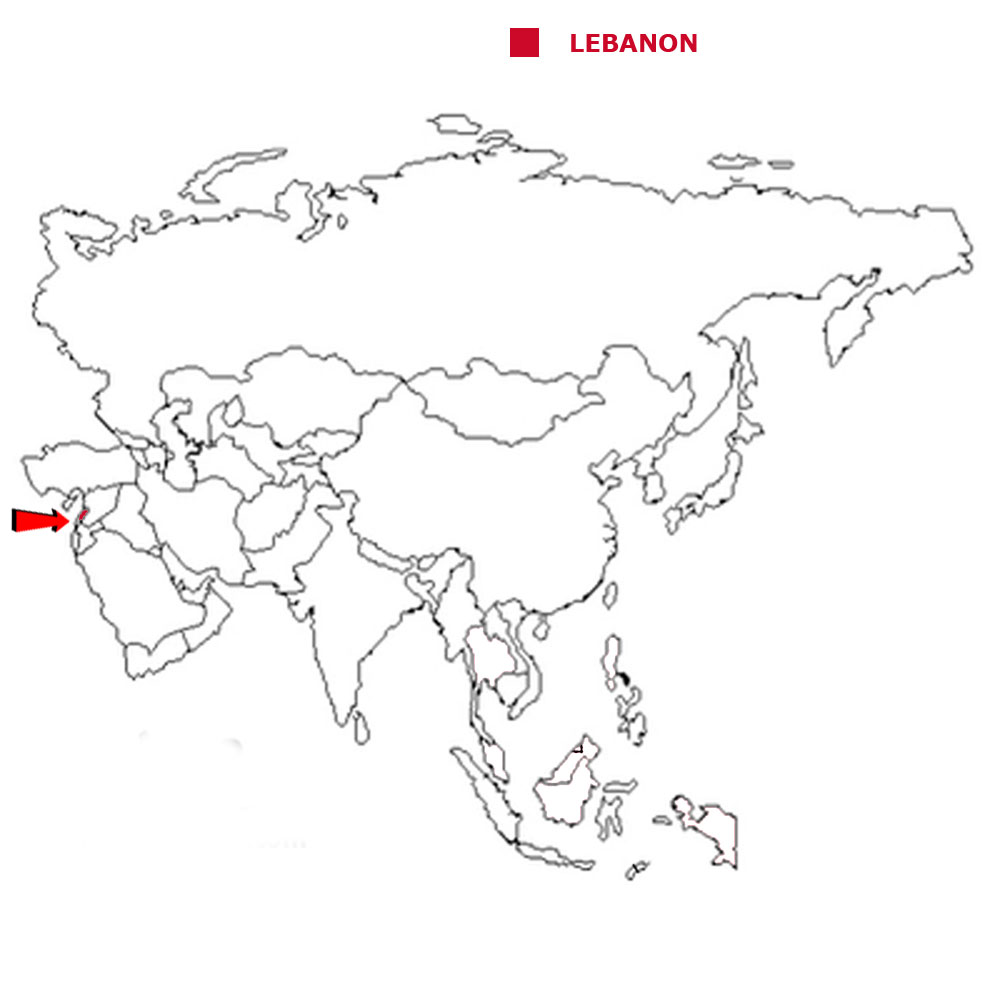

Check the weather in Beirut now.
This is the time in Beirut now
 The Lebanese flag is 3 equal horizontal stripes
of red, at the top and bottom, and a double width white strip in the middle. There is a green cedar tree in the centre of the white stripe.
The Lebanese flag is 3 equal horizontal stripes
of red, at the top and bottom, and a double width white strip in the middle. There is a green cedar tree in the centre of the white stripe.
Lebanon is a parliamentary republic with a president as head of state and a prime minister as head of the government.
In elections everyone over the age of 21 can vote, except anyone serving in the military or in the security services.
The currency in Lebanon is the Lebanese pound.
Arabic is the official language.
Hear the National Anthem
These are the anthem words
We have already written our own history of England but are asking schools in Lebanon to provide us with a detailed history of
their own country. Check how here.
![]()
![]() Back to the top
Back to the top

The total land area of Lebanon is 10,230 sq kms which is the 44th largest in Asia.
Lebanon has lakes, rivers and canals which total 170 sq kms.
Lebanon has boundaries with 2 countries
- Syria 403 kms
- Israel 81 kms
Lebanon has a coastline of 225 kms which is the 31st longest in Asia.
The highest point in Lebanon is Qornet es Saouda at 3,088 metres.
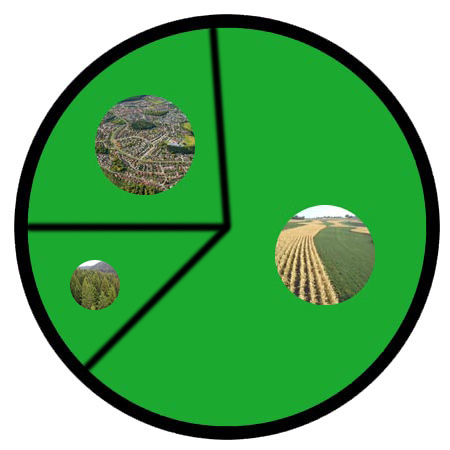

The total population of Lebanon is 6.23 million people, making it the 33rd largest country in Asia by population.
Of this number 3.11 million are females and 3.12 million are males.
A person from Lebanon is called a Lebanese.
To be a citizen of Lebanon, your father must be a citizen of Lebanon. It is not sufficient to be born in Lebanon.
The largest five cities in Lebanon, by population are:-
- Beirut 1,916,100 people
- Tripoli 229,398
- Sidon 163,554
- Tyre 135,204
- Nabatiye et Tahta 120,000
 Each little Owlbut is 1 person and
the big yellow rectangle is 1 sq km. After a while you can compare countries and see which ones are the most crowded. Remember it is only an average as
more people live closer together in towns and cities than in villages out in the country.
Each little Owlbut is 1 person and
the big yellow rectangle is 1 sq km. After a while you can compare countries and see which ones are the most crowded. Remember it is only an average as
more people live closer together in towns and cities than in villages out in the country.
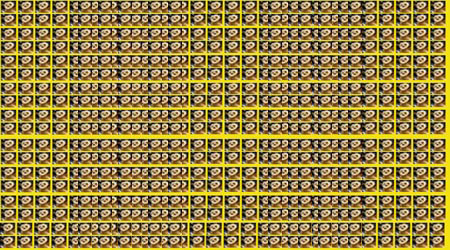
87.8% of the people live in cities or towns.

The birth rate in Lebanon is 14.4 births per 1,000 of population
The death rate in Lebanon is 4.9 deaths per 1,000 people.
Check this against the birth rate. If the death rate is higher than the birth rate then
the population will decrease unless immigrants arrive in the country.
There are 7.1 deaths of girls under 1 year per 1,000 of births and 8.0 deaths of boys.
The median age for females is 31.1 and for males is 29.9. The median age is that age which divides the population exactly in half so there are the same number
of people above the median age as below it.
We have no figures for the average age of a woman when she has her first child.
The elderly dependency ratio is 12.0. This is the number of elderly people (ages 65+) per 100 people of working age (ages 15-64).
The potential support ratio is 8.3. This is the number of working-age people (ages 15-64) per one elderly person (ages 65+). As a population ages, the potential support ratio tends to fall, meaning there are fewer potential workers to support the elderly.
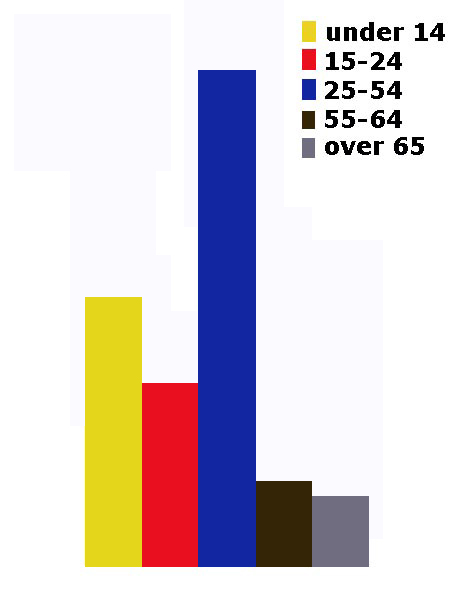
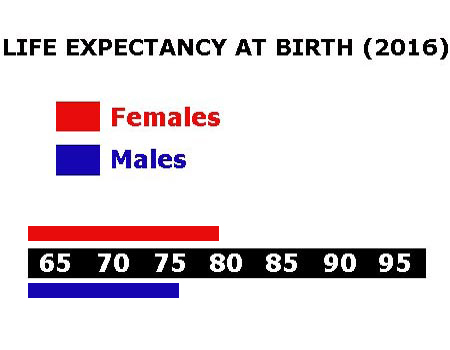

Lebanon spends 6.4% of its total income on health care.
There are 3.20 doctors per 1,000 people.
There are 3.5 hospital beds per 1,000 people.
32.0% of the population are estimated as obese.
99% of the urban population and 99% of the rural population have drinking water that is either piped into their home or they have access to a public tap, a protected borehole, well, spring or
protected rainwater collection facility.
80.7% of the urban population and 80.7% of the rural population have access to a flushing toilet that is connected to a sewer. a pit latrine (that is a
permanent hole in the ground that is looked after) or a composting toilet.
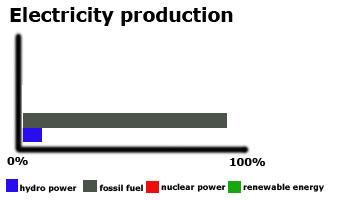
Lebanon releases 16.0 million metric tons of carbon dioxide by burning fossil fuels in the process of producing and consuming energy. This puts it as the 33rd highest in Asia.

Lebanon spends 2.6% of its total income on education.
Children usually start school at age 6 in Lebanon. Primary education is for five years until age 11 and secondary education must continue till 16 but can go on to 18/19. This may be followed
by further education at a university or college.
Generally the school year consists of 3 terms and starts in the second week in August and finishes in the third week of May. There is usually a 2 week
break at Christmas and a 1 week break at the end of March.
91.8% of females and 96% of males are able to read and write by the age of 15.
We have no figures of people aged between 16 and 24 who are not in work.
The total number of people available for work in Lebanon is 2.17 million.
We have no figures for which sector they work in.
We have no figures for the number of the workforce who are unemployed.

There are 5 paved airports in Lebanon, which is the 43rd highest number in Asia.
![]()
There are 401 kilometres of railways in Lebanon, the 34th longest in Asia.
![]()
There are 6,970 kilometres of roads in Lebanon, which means Lebanon is in 35th place for the most kilometres of roads in Asia.
![]()
There are 7 major national newspapers in Lebanon.
There are 4.89 million mobile phone users.
17% of the people have a fixed landline.

4.75 million people have access to the internet at home via any device (computer or mobile).


